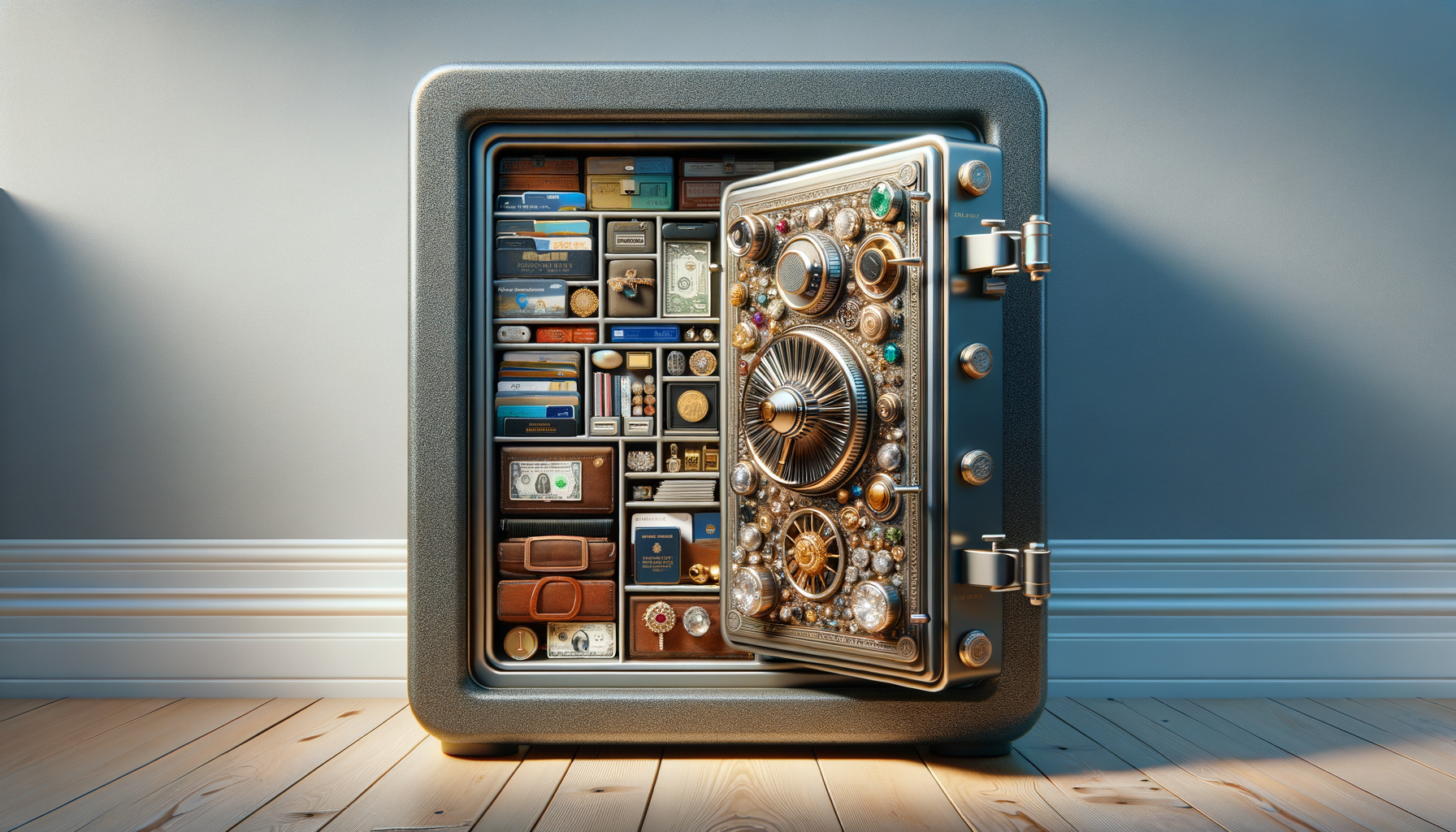The Role of Home Safes in Personal Security
In today’s world, the importance of safeguarding personal belongings cannot be overstated. With increasing rates of burglary and unexpected events such as fires or floods, securing valuables at home is more crucial than ever. Home safes provide a reliable solution to these concerns, acting as a fortress for your most prized possessions. They offer peace of mind, knowing that your essential documents, jewelry, and other valuables are protected from theft, damage, or loss.
Home safes are designed to withstand various threats, including fire and water damage. Many safes are built with fire-resistant materials that can endure high temperatures for extended periods, ensuring that documents like passports, birth certificates, and property deeds remain intact. Similarly, water-resistant safes protect against floods or accidental water exposure, keeping electronics and paper items safe.
Choosing the right safe involves considering factors such as size, security features, and installation options. For example, safes with biometric locks offer advanced security by requiring fingerprint access, while traditional combination locks provide a time-tested method of protection. Additionally, bolting a safe to the floor or wall can deter theft by making it challenging for burglars to remove it from the premises.
Types of Home Safes and Their Features
Home safes come in various types, each tailored to specific security needs. Understanding these differences can help you select a safe that best suits your requirements. The most common types of home safes include fireproof safes, burglary safes, and waterproof safes. Each type offers unique features designed to protect against specific threats.
Fireproof safes are constructed with materials that can withstand high temperatures, often up to 1,700 degrees Fahrenheit, for a specified duration. These safes are ideal for storing important documents, cash, and digital media. Burglary safes, on the other hand, focus on security against theft. They are made with thick steel walls and reinforced locking mechanisms to resist forced entry. Many burglary safes also come with advanced locking systems, such as electronic keypads or biometric scanners, to enhance security.
Waterproof safes provide protection against water damage, making them suitable for areas prone to flooding or for storing items sensitive to moisture. These safes often feature airtight seals that prevent water from seeping in, ensuring that your valuables remain dry and undamaged.
When selecting a home safe, consider the items you plan to store and the specific threats you aim to guard against. This will help you prioritize features such as fire resistance, burglary protection, or water resistance, ensuring that your safe meets your security needs.
Installation and Placement Considerations
The effectiveness of a home safe is significantly influenced by its installation and placement within your home. Proper installation not only enhances security but also ensures ease of access when you need to retrieve your belongings. One of the first considerations is the location of the safe. Ideally, it should be placed in a discreet area that is not easily visible to visitors or potential intruders.
Common locations for installing a home safe include closets, basements, or even within furniture like a dresser or cabinet. However, it’s important to ensure that the chosen location is not susceptible to environmental threats such as flooding. For instance, a basement location might be risky in flood-prone areas, while an upper floor might be safer from water damage.
Securing the safe to a solid structure is another critical aspect of installation. Bolting the safe to the floor or wall can prevent thieves from easily removing it from your home. This is particularly important for smaller safes, which are more portable and thus more vulnerable to theft. Additionally, consider the weight and size of the safe in relation to the structure it will be attached to, ensuring that it can support the safe’s weight without compromising structural integrity.
Professional installation services are available for those who prefer expert assistance in securing their safes. These services can provide peace of mind by ensuring that the safe is installed correctly and securely, maximizing its protective capabilities.
Maintaining and Upgrading Your Home Safe
Once a home safe is installed, regular maintenance is essential to ensure its continued effectiveness. Like any other security device, safes require periodic checks and upkeep to function optimally. One of the simplest maintenance tasks is regularly testing the locking mechanism to ensure it operates smoothly. This includes checking combination locks, electronic keypads, or biometric scanners for any signs of malfunction.
Another aspect of maintenance involves inspecting the safe’s structural integrity. Look for any signs of wear or damage, such as rust or weakened hinges, which could compromise its security. In the case of fireproof safes, it’s advisable to check the fire-resistant lining periodically to ensure it remains intact and effective.
Upgrading your safe may become necessary as your security needs evolve. For instance, if you acquire more valuables or sensitive documents, you might need a larger safe or one with enhanced security features. Upgrades could include installing a more advanced locking system or adding additional fire or water-resistant properties.
Keeping abreast of technological advancements in safe security can also inform your upgrade decisions. Newer models often incorporate cutting-edge technology to improve security and ease of use, such as smart safes that can be monitored remotely through a smartphone app.
Conclusion: Securing Your Peace of Mind
In conclusion, investing in a home safe is a prudent decision for anyone looking to protect their valuable belongings and important documents. The various types of safes available cater to different security needs, ensuring that you can find one that aligns with your specific requirements. From fireproof and waterproof safes to those designed to thwart burglary attempts, the options are plentiful and varied.
Proper installation and regular maintenance further enhance the effectiveness of a home safe, ensuring that it continues to provide reliable protection over time. As security technologies advance, staying informed about new features and upgrades can help you maintain the highest level of security for your valuables.
Ultimately, a home safe offers more than just protection for your belongings; it provides peace of mind, knowing that your most cherished items are secure from unforeseen threats. Whether you are safeguarding important documents, family heirlooms, or personal treasures, a home safe is an invaluable asset in ensuring their safety and preservation.








